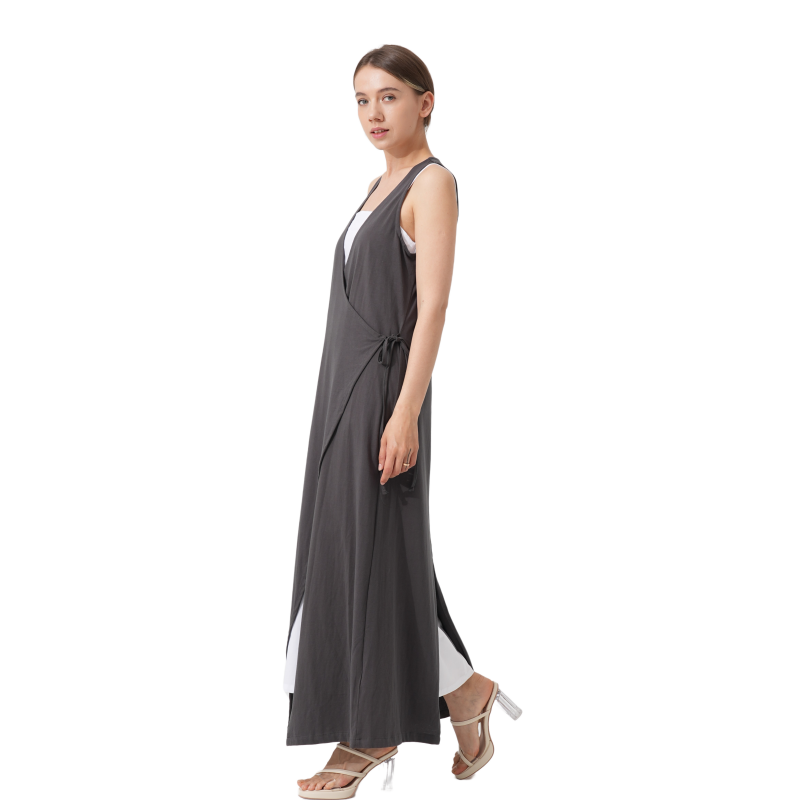
In an era where sustainability and conscious consumerism are reshaping industries, hemp has emerged as a revolutionary material, bridging the gap between eco-friendly practices and human well-being for hemp garment. For centuries, hemp has been cultivated for its versatility, but only recently has its potential in sustainable fashion and skincare been fully recognized. As a leader in hemp clothing production, we’re excited to delve into why this ancient crop is a modern-day superhero for both the planet and your skin—and how hemp apparel is redefining the future of fashion.
Hemp and the Environment: A Crop Designed for Sustainability
Hemp (Cannabis sativa) is often hailed as one of the most environmentally friendly crops on Earth. Unlike resource-intensive textiles like cotton or synthetic fabrics derived from fossil fuels, hemp thrives with minimal inputs while delivering maximum ecological benefits.
1. Low Water Consumption
Cotton, the most widely used natural fiber, requires approximately 2,700 liters of water to produce a single T-shirt. Hemp, by contrast, uses 50–70% less water. Its deep root system allows it to access groundwater efficiently, making it ideal for drought-prone regions. For brands committed to sustainable fashion, hemp clothing represents a way to reduce water scarcity pressures.
2. Carbon-Negative and Soil-Regenerative
Hemp is a powerhouse in carbon sequestration. A single hectare of hemp can absorb up to 15 tons of CO2 during its rapid 120-day growth cycle—more than most forests. Additionally, hemp cultivation hemp textiles enriches soil health by naturally detoxifying contaminants (a process called phytoremediation) and preventing erosion. This makes organic hemp fabric a cornerstone of regenerative agriculture.
3. Zero Pesticides, Zero Waste
Hemp grows densely, outcompeting weeds, and its natural resistance to pests eliminates the need for synthetic pesticides or herbicides. The entire plant—from stalk to seed—can be utilized: fibers for durable hemp apparel, hurd for biodegradable plastics, and seeds for nutrient-rich oils. This zero-waste cycle aligns perfectly with circular economy principles.
4. Biodegradable and Pollution-Free
Unlike polyester or nylon, which shed microplastics into waterways, hemp clothing is 100% biodegradable. At the end of its lifecycle, a hemp garment decomposes naturally, leaving no toxic residue. This positions hemp textiles as a critical solution to the global microplastic crisis.
Hemp and Skin Health: Nature’s Hypoallergenic Fabric
Beyond its environmental credentials, hemp’s unique properties make it exceptionally kind to human skin. For those with sensitivities or a focus on holistic wellness, organic hemp clothing offers unparalleled benefits.
1. Breathable and Temperature-Regulating
Hemp fibers are hollow, creating a breathable fabric that wicks moisture away from the skin. This makes hemp apparel ideal for both hot and cold climates—keeping you cool in summer and warm in winter. Unlike synthetic materials that trap sweat, hemp’s porous structure reduces odor-causing bacteria, enhancing comfort for active lifestyles.
2. Hypoallergenic and Antibacterial
Hemp’s natural resistance to mold, mildew, and UV rays extends to its antimicrobial properties. For individuals with eczema, psoriasis, or sensitive skin, hemp clothing minimizes irritation and allergic reactions. Its smooth fibers soften with each wash, offering a luxuriously gentle touch.
3. UV Protection
Hemp fabric naturally blocks 95–99% of harmful UV rays, outperforming cotton and linen. This built-in sun protection makes hemp garments a practical choice for outdoor enthusiasts and those living in sunny climates.
4. Chemical-Free Production
Conventional textiles often undergo heavy chemical processing (e.g., bleaching, dyeing). However, organic hemp fabric can be produced using low-impact dyes and mechanical processing, retaining its natural antibacterial and pH-balancing qualities.
Hemp Clothing: The Future of Sustainable Fashion
The rise of hemp apparel isn’t just a trend—it’s a movement toward ethical, long-lasting wardrobes. Here’s how hemp is transforming the fashion industry:
1. Durability Meets Comfort
Hemp fibers are among the strongest natural fibers, making hemp clothing 3x more durable than cotton. A hemp T-shirt resists stretching, pilling, and hemp wears , ensuring it lasts for years. Over time, the fabric softens, blending the resilience of denim with the comfort of linen.
2. Versatility in Design
From lightweight summer dresses to rugged workwear, hemp’s adaptability shines. Blending hemp tee shirts with organic cotton or recycled fibers enhances texture and drape, catering to diverse styles. Designers are embracing hemp-blended fabrics to create everything from sleek activewear to formal suits.
3. Ethical and Transparent Supply Chains
Consumers increasingly demand transparency. Hemp’s short supply chain—from farm to fabric—supports fair labor practices and local economies. Brands specializing in eco-friendly hemp apparel often prioritize small-scale farmers and artisan cooperatives.
4. Meeting the Demand for Circular Fashion
Hemp’s biodegradability complements the circular fashion model hemp pants. Brands like Patagonia and Jungmaven now offer take-back programs, recycling old hemp garments into new products. This closed-loop system reduces landfill waste and reinforces hemp’s role in sustainable textile innovation.
Embracing Hemp: A Guide for Conscious Consumers
As interest in hemp clothing grows, here’s how to make informed choices:
Look for Certifications: GOTS (Global Organic Textile Standard) or OEKO-TEX® certifications ensure non-toxic, ethically produced hemp fabric.
Prioritize Blends: Hemp-cotton or hemp-Tencel blends enhance softness without compromising sustainability.
Care Mindfully: Wash hemp garments in cold water and air-dry to extend their lifespan.
Conclusion: Hemp as a Catalyst for Change
Hemp is more than a fabric—it’s a statement of responsibility toward our planet and ourselves. By choosing hemp clothing, consumers support agricultural practices that heal ecosystems, reduce carbon footprints, and prioritize skin health. For brands, investing in hemp textiles means leading the charge toward a fashion industry that values quality over quantity and ethics over exploitation.
As innovators in hemp apparel manufacturing, we envision a world where every wardrobe reflects a commitment to sustainability. Hemp isn’t just the future of fashion; it’s a return to harmony with nature—one garment at a time.











